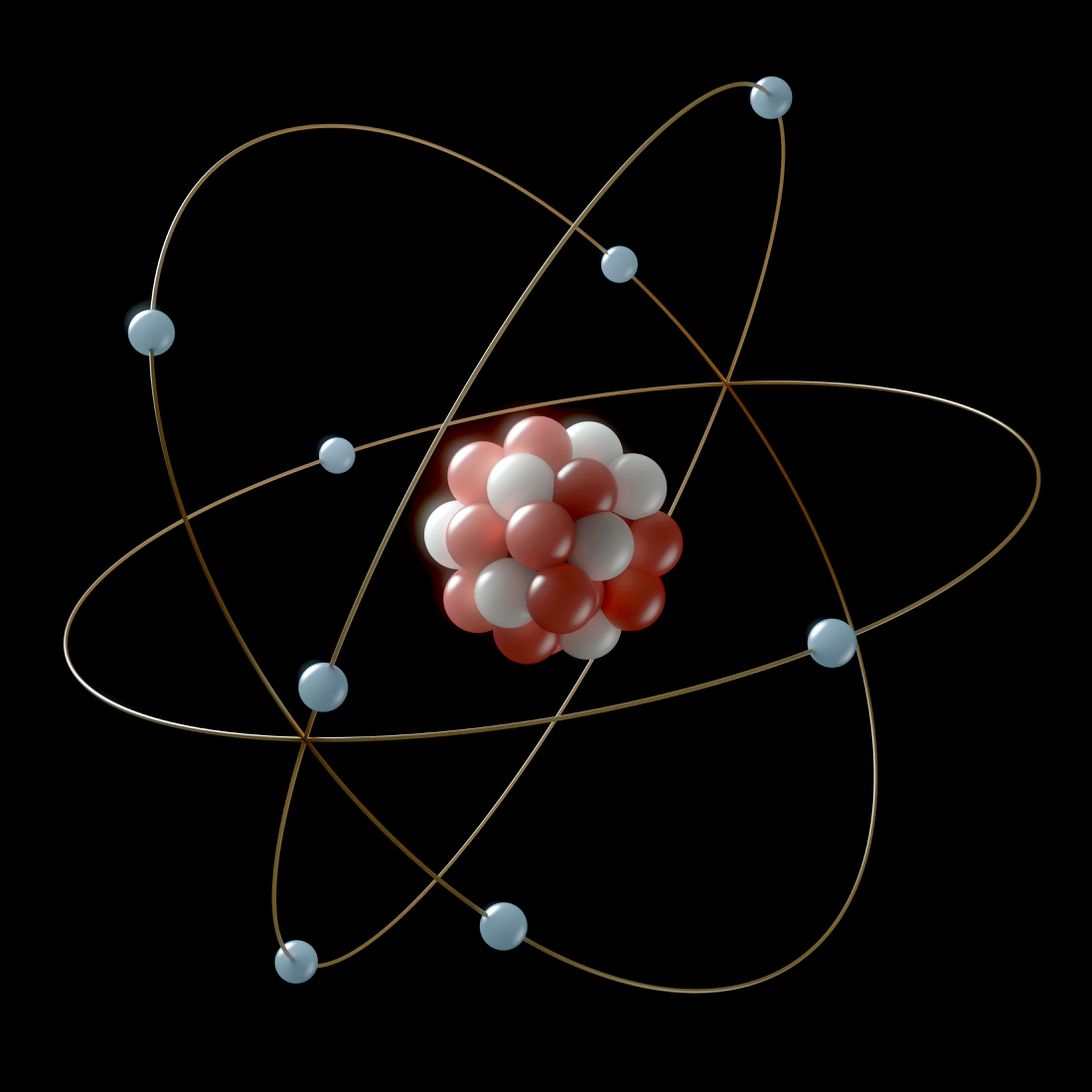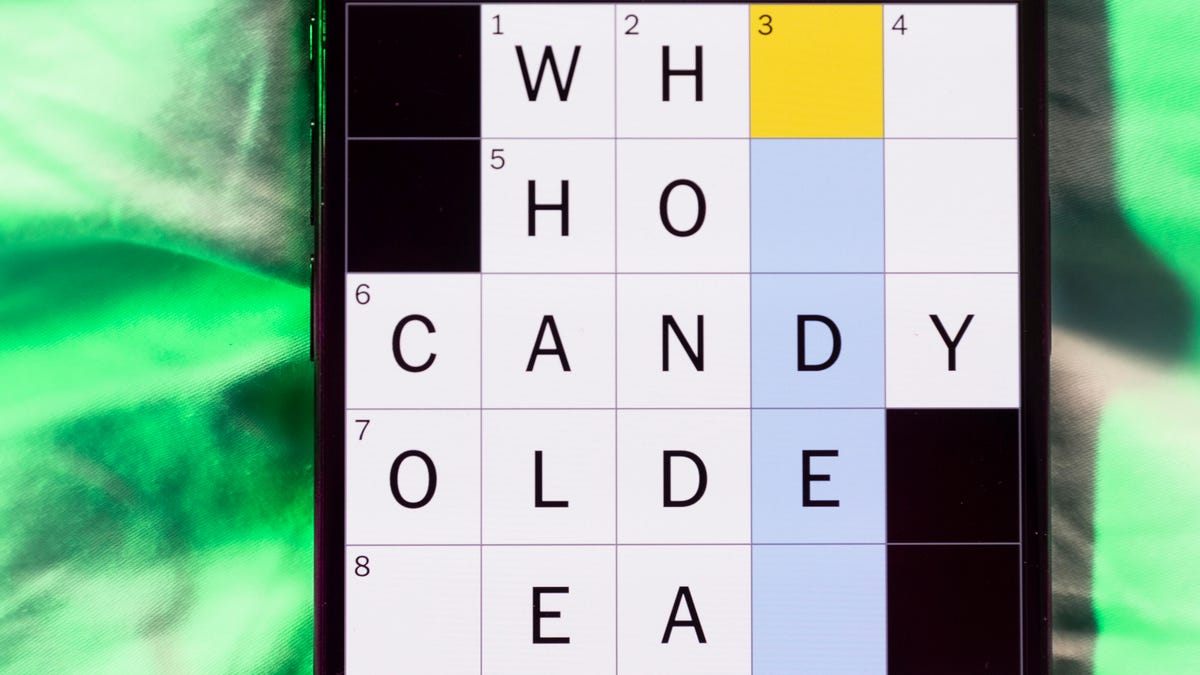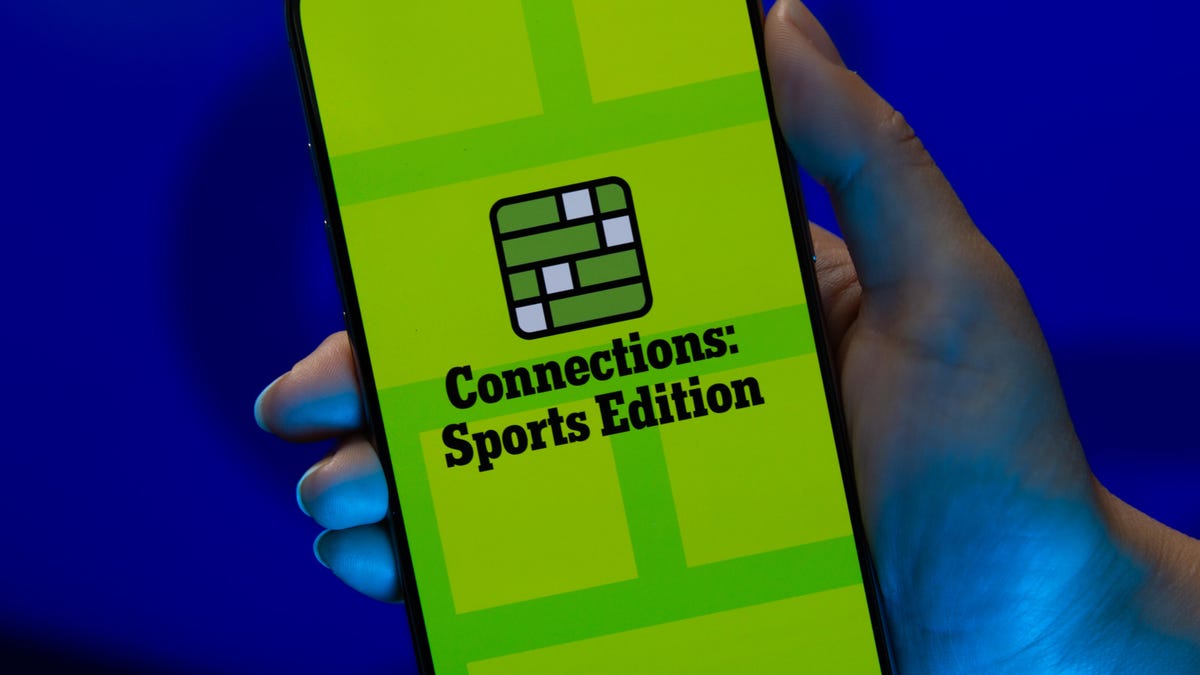Technologies
Our universe isn’t supposed to exist — but we’re slowly learning why it does
Scientists test the strange phenomena of antimatter, using a rather musical experiment.

You’re probably familiar with the following story: 13.8 billion years ago, the Big Bang led to stars and galaxies, which led to planets and life, and eventually, to you and me. But there’s a glaring gap in this chronicle, an aperture so big, solving it would shake our knowledge of reality.
«If we pluck, in principle, the best physics theories … we would need to conclude that the universe, as we observe it, cannot exist,» said Stefan Ulmer, a physicist at the RIKEN-led Baryon Antibaryon Symmetry Experiment at the European Council for Nuclear Research.
But… here we are playing Wordle and paying taxes, so either our laws of physics are wrong or we’re missing massive pieces of the metaphysical puzzle.
Among the army of scientists looking for those pieces, Ulmer has spent years studying the seed of our universe’s existential crisis: antimatter. In a paper published Wednesday in the journal Nature, he reports an update: Antimatter doesn’t react to gravity any differently than normal matter does.
Don’t worry if that last bit completely flew over your head, it’ll all come together.
First, what is antimatter?
Everything from the sun to the device you’re reading this article on is made up of the normal matter we know and love, composed of atoms built with positive protons and negative electrons. The Big Bang gave rise to all this matter, and the rest is literally history.
Here’s the weird part: Our universe also holds a tiny amount of antimatter, composed of atoms built with negative protons and positive electrons. It’s like the Big Bang’s rebel child.
These two also have a rift. When they come into contact, they totally annihilate one another because of their opposite charges. Even when scientists create antimatter for experiments, the zippy particles must remain in a vacuum because an antimatter particle in a normal matter environment would immediately go «poof.»
This incompatibility dominoes down to a huge existential problem – and it’s not just that we can’t meet our antimatter counterpart someday without basically exploding.
There should’ve been a particle war
Physicists use two main frameworks in explaining particle behavior: the Standard Model of particle physics and relativistic quantum field theory. Each is super solid in its own right, and combining them leads to a perplexing outcome.
Matter and its arch nemesis are two sides of the same coin.
«The architecture of space and time basically implies that matter and antimatter are, in principle, exactly symmetric,» Ulmer said, «which means they have the same masses, they have opposite charges, opposite magnetic moments and so on and so forth.»
If that’s true, the Big Bang should’ve had a 50/50 chance of forming either one. And had a 50/50 distribution happened, antimatter and matter should’ve completely destroyed one another. (Remember the rift?) With such a particle war, the universe wouldn’t have any matter. Space wouldn’t hold a sun or an Earth, and would surely lack humanity. Only a leftover sort of energy would’ve lingered after the battle.
But the sun, Earth and humans exist.
For some reason, the universe exhibits several orders of magnitude more matter than antimatter, a cosmic riddle known as baryon asymmetry, the namesake of Ulmer’s laboratory. Did Big Bang-generated antimatter vanish? Was there never any to begin with?
«We do not understand the origin of matter and antimatter asymmetry,» Ulmer simply puts it.
The part where it comes together
Because the Standard Model’s prediction of a 50/50 matter-type distribution relies on the particles being exactly symmetrical, the mystery may finally be solved if we find a way to breach the presumed parallel.
«If, let’s say, the proton would be a bit heavier than the antiproton, that would immediately explain why there is more matter than antimatter,» Ulmer said. That’d pretty much elucidate why the universe exists.
Let’s return to Ulmer’s study results: Both matter and antimatter respond to gravity the same way, ruling out some options on the ledger of possible symmetry violations.
Ta-da, told you it’d come together.
A proton symphony
Ulmer’s experiment began with a fascinating device called a Penning trap, a small metal contraption that detects a particle’s cyclotron frequency, or frequency at which something moves in a magnetic field.
The researchers placed a lab-produced antiproton inside and measured its cyclotron frequency, then popped in a negatively charged hydrogen ion and measured the same parameter. (Ulmer used a negatively charged hydrogen ion, or atom with one proton and two electrons, as a normal matter representative because it matched the antiproton’s negative charge).
It’s easiest to think of the experiment in terms of music.
The Penning trap’s pickup system, Ulmer says, is akin to what’s in an electric guitar. «It’s, in that sense, a very musical experiment,» he explained, being a guitar player himself.
«The frequency range is a bit different, but we are listening to the sound of what does not exist in the universe,» he added. «With our current ability to listen, [matter and antimatter] sound identical.»
The particles play the same melody, if you will, which also means they have the same music notes. Aka, these particles’ cyclotron frequencies were the same, as were many of their resulting properties, such as charge-to-mass ratio. All of these similarities are now eliminated from the list of possible matter-antimatter symmetry violations.
Space as a laboratory
But the researchers’ ultimate goal was to use their cyclotron frequency data and see whether the antimatter song changes alongside adjustments in a gravitational field. Specifically, they tested whether Einstein’s weak equivalence principle – true for normal matter – works on antimatter.
Einstein’s principle states that any object in a gravitational field behaves independently of its intrinsic properties. For instance, a piano and a feather would fall to Earth with the same acceleration in the absence of external forces such as wind.
Intuitively, we might assume antimatter’s opposite charges would force it to «fall up,» or at least have some variation in behavior.
For this facet of the experiment, Ulmer took advantage of some cosmic lab equipment: the Earth and sun. «As the Earth is orbiting around the sun in an elliptical orbit,» Ulmer said, «the gravitational potential in our laboratory changes as a function of time.»
So, he and his research team measured the cyclotron frequencies, aka the melodies, of both the antiproton and negative hydrogen ions at different points in time. After 24,000 comparisons, they concluded both particle types reacted the same – with very, very high certainty.
Voila, Einstein’s principle works on antimatter. It does not, in fact, fall upward.
«We’ll continue making the microscope better and better to be sure,» Ulmer said, and «if we find something unexpected in these experiments, this would change our fundamental understanding of the laws of nature.»
Philosophical consequences of antimatter
For argument’s sake, let’s suppose someone finally finds a discrepancy between antimatter and matter. What might that mean for us?
Violating matter-antimatter symmetry would mean violating a larger phenomena called CPT invariance. C stands for charge, P for parity and T for time. In a nutshell, the rule states if any of these things were reversed, the universe would fundamentally remain the same. If time went backward instead of forward, if everything was left handed instead of right handed and, you guessed it, if all matter had the opposite charge, the world wouldn’t change.
If we were to find antimatter isn’t the same as normal matter, C would be violated. And if CPT invariance is violated, then causality, scientists say, may no longer hold. «I think this would maybe lead to a more philosophical change in our thinking,» Ulmer said. «Comparable to what happened in the 1920s when quantum mechanics was developed.»
Adding, «up to that point, people were thinking that everything is deterministic. In quantum theory, things cannot be deterministic by definition anymore – so this changes how people are understanding themselves.»
Even more baffling is the realization that because the universe appears to exist, we sort of already know antimatter is up to something. In a sense, we already know we’ll have to adjust our perspective of reality.
We’re just waiting for the right moment.
Technologies
Today’s NYT Mini Crossword Answers for Sunday, Oct. 26
Here are the answers for The New York Times Mini Crossword for Oct. 26.

Looking for the most recent Mini Crossword answer? Click here for today’s Mini Crossword hints, as well as our daily answers and hints for The New York Times Wordle, Strands, Connections and Connections: Sports Edition puzzles.
Need some help with today’s Mini Crossword? I thought 4-Down was a bit tricky, but read on for all the answers. And if you could use some hints and guidance for daily solving, check out our Mini Crossword tips.
If you’re looking for today’s Wordle, Connections, Connections: Sports Edition and Strands answers, you can visit CNET’s NYT puzzle hints page.
Read more: Tips and Tricks for Solving The New York Times Mini Crossword
Let’s get to those Mini Crossword clues and answers.
Mini across clues and answers
1A clue: Rubber ducky’s «habitat»
Answer: BATH
5A clue: Coin in Cannes
Answer: EURO
6A clue: Go «Grrrr …»
Answer: GROWL
8A clue: «The other thing I wanted to say …»
Answer: ALSO
9A clue: Street sign in a school zone
Answer: SLOW
Mini down clues and answers
1D clue: Plead
Answer: BEG
2D clue: Vibes, in Gen Z speak
Answer: AURAS
3D clue: Social media menace
Answer: TROLL
4D clue: «Oh, yeah? Explain that to me»
Answer: HOWSO
7D clue: Like a phone battery under 20%
Answer: LOW
Technologies
Today’s NYT Connections: Sports Edition Hints and Answers for Oct. 26, #398
Here are hints and the answers for the NYT Connections: Sports Edition puzzle for Oct. 26, No. 398.

Looking for the most recent regular Connections answers? Click here for today’s Connections hints, as well as our daily answers and hints for The New York Times Mini Crossword, Wordle and Strands puzzles.
Today’s Connections: Sports Edition is a fun one. That purple category — oof, it’s a typical Connections brain-buster. If you’re struggling but still want to solve the puzzle, read on for hints and the answers.
Connections: Sports Edition is published by The Athletic, the subscription-based sports journalism site owned by the Times. It doesn’t show up in the NYT Games app but appears in The Athletic’s own app. Or you can play it for free online.
Read more: NYT Connections: Sports Edition Puzzle Comes Out of Beta
Hints for today’s Connections: Sports Edition groups
Here are four hints for the groupings in today’s Connections: Sports Edition puzzle, ranked from the easiest yellow group to the tough (and sometimes bizarre) purple group.
Yellow group hint: Bunch of players.
Green group hint: College division.
Blue group hint: Knock it out of the park.
Purple group hint: You’ll find a hidden word in these four team names.
Answers for today’s Connections: Sports Edition groups
Yellow group: Club
Green group: ACC teams
Blue group: Hit hard, like a baseball
Purple group: Pro team names that end in another pro team name.
Read more: Wordle Cheat Sheet: Here Are the Most Popular Letters Used in English Words
What are today’s Connections: Sports Edition answers?
The yellow words in today’s Connections
The theme is club. The four answers are group, side, squad and team.
The green words in today’s Connections
The theme is ACC teams. The four answers are Demon Deacons, Eagles, Hurricanes and Wolfpack.
The blue words in today’s Connections
The theme is hit hard, like a baseball. The four answers are belt, club, mash and wallop.
The purple words in today’s Connections
The theme is pro team names that end in another pro team name. The four answers are Hornets, Red Wings, Seahawks and Vikings.
Technologies
Chevy’s New Bolt Electric Car Is Truly Affordable, at Less Than $30,000
The new Chevrolet Bolt is cheaper than other «affordable» EVs, and even fixes the weaknesses of its predecessor.
-

 Technologies3 года ago
Technologies3 года agoTech Companies Need to Be Held Accountable for Security, Experts Say
-

 Technologies3 года ago
Technologies3 года agoBest Handheld Game Console in 2023
-

 Technologies3 года ago
Technologies3 года agoTighten Up Your VR Game With the Best Head Straps for Quest 2
-

 Technologies4 года ago
Technologies4 года agoVerum, Wickr and Threema: next generation secured messengers
-

 Technologies4 года ago
Technologies4 года agoBlack Friday 2021: The best deals on TVs, headphones, kitchenware, and more
-

 Technologies4 года ago
Technologies4 года agoGoogle to require vaccinations as Silicon Valley rethinks return-to-office policies
-

 Technologies4 года ago
Technologies4 года agoOlivia Harlan Dekker for Verum Messenger
-

 Technologies4 года ago
Technologies4 года agoiPhone 13 event: How to watch Apple’s big announcement tomorrow

